Interior architect Nathalie Deboel has been creating timeless and elegant interiors for over two decades. Her new book titled ‘Comforting Homes’ published by Stockmans Art Books, illustrates the work and philosophy. The book features a compilation of her 15 recent projects photographed by Thomas De Bruyne, and with text inputs by Edouard Vermeulen, Patrick De Brock, and An Michiels. The publication visualises a curated selection of high-end houses and apartments in Belgium, Paris and London, which emphasises Deboels attempts to create ‘comforting homes.’
An excerpt from the book: “With a solution-driven spirit, the interiors are being designed and questioned. From construction down to material choices, finishes, objects and decorations, we aim to create a holistic outcome, always with the clients’ needs at heart… Creating a smooth ‘promenade’ throughout a home is essential to our work, but always with an eye for inserting nooks, corners and end points to be able to come to a halt and enjoy a private moment. The end result should feel intuitive, as if it was not designed and always intended that way."— Nathalie Deboel, in Comforting Homes, Page 33
Deboel strives to create a soothing environment to come home to, with a well-considered palette of valuable materials. Throughout the book Deboel prioritizes balance over controversy. Despite there being no fixed formula, all the interiors create an atmosphere of harmony and warmth. Each project caters to the clients expectations while maintaining an authentic design ethos. Deboel works with people who can work with natural materials like natural stone, loam, lime finish, polished concrete, wood and fabric to incorporate their features in her designs. The first monograph by Nathalie Deboel highlights the artist's emphasis on the use of neutral colors, with fluid circulation as key. Deboel's approach has earned her an international reputation, with a steadily growing portfolio.
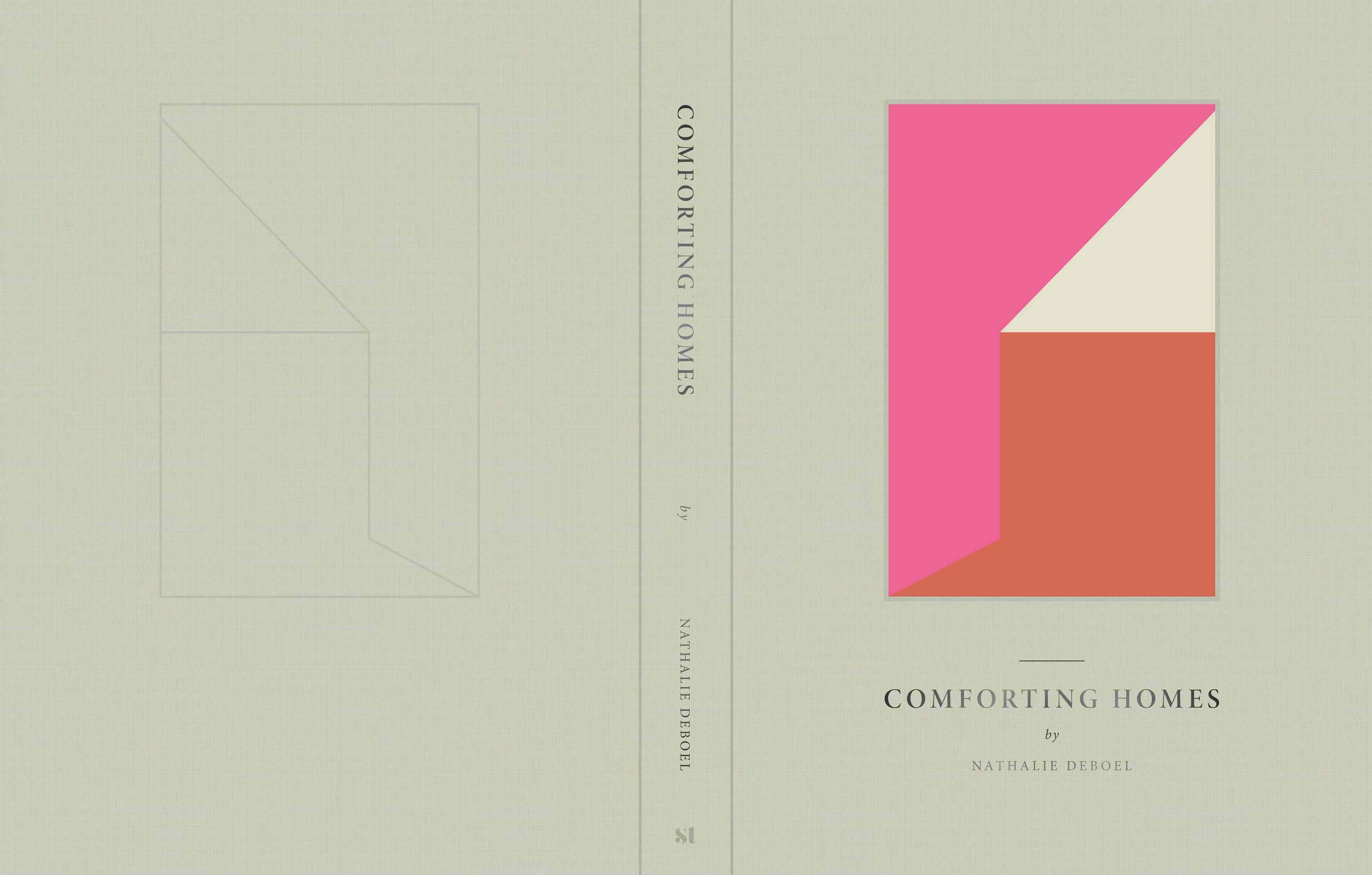
The book cover was printed on Toile Ocean, made from ocean plastic. The cover of the book consists of an abstract play of shapes which symbolises the interiors featured in the book.






 Sign in with email
Sign in with email



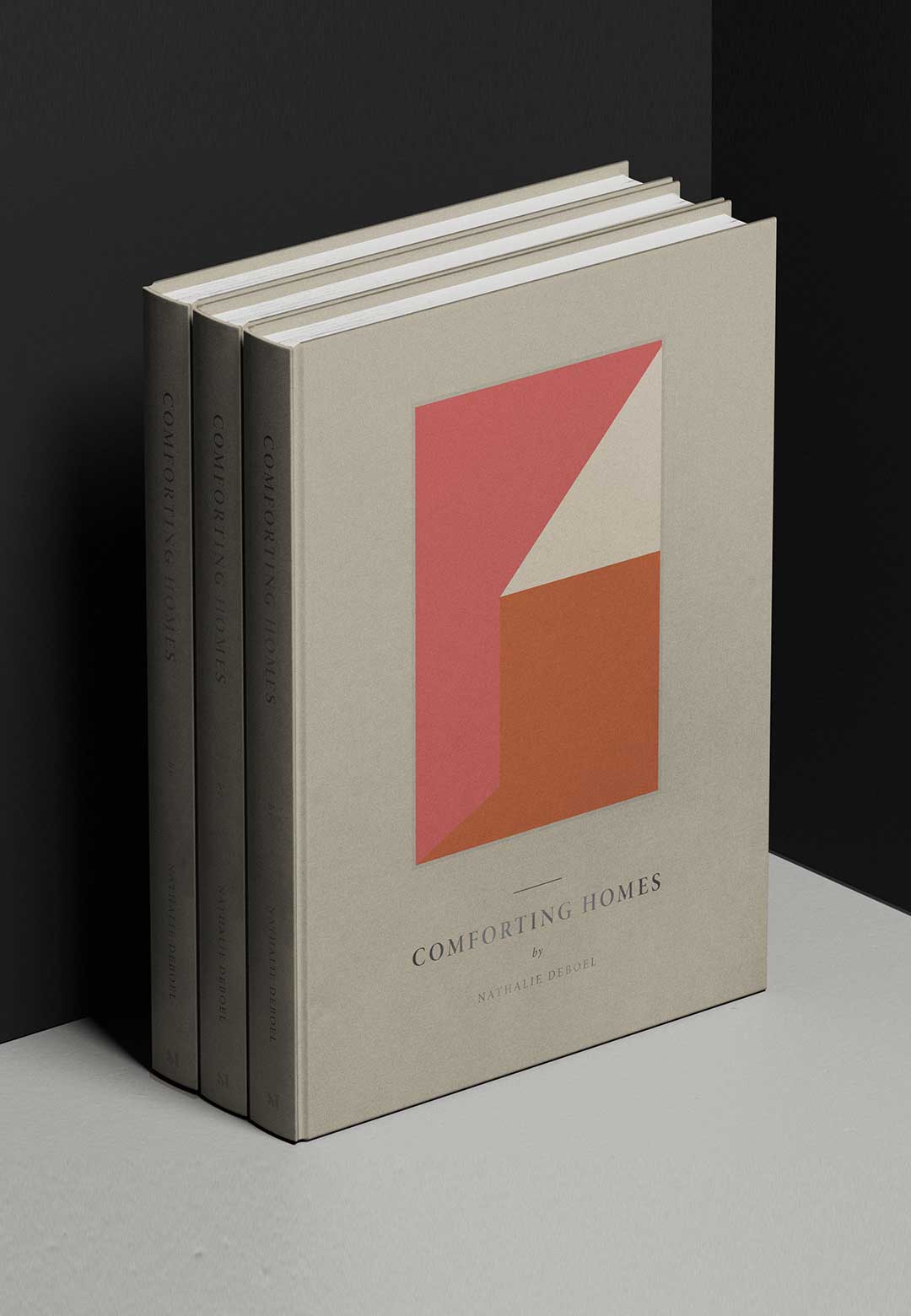
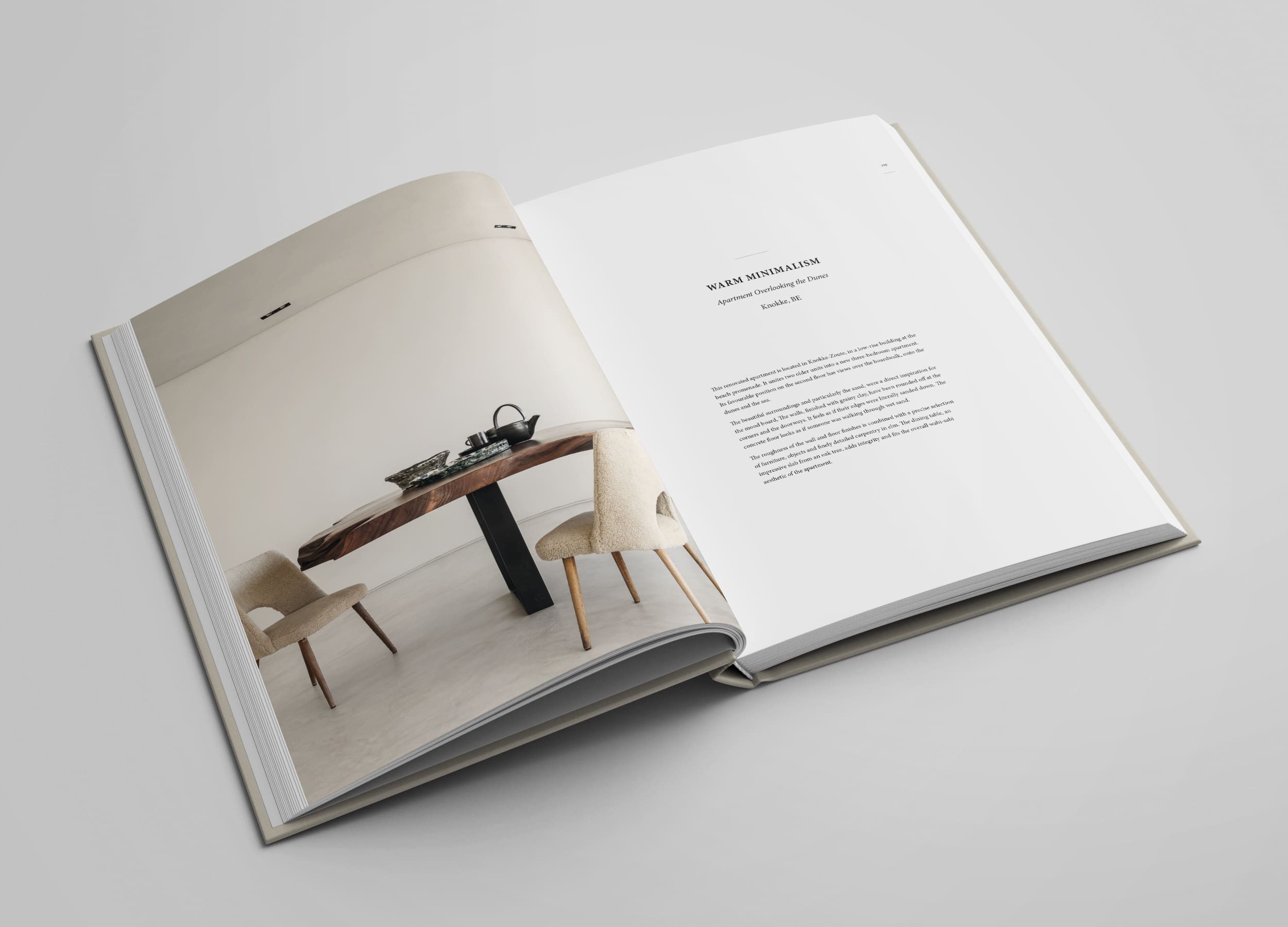
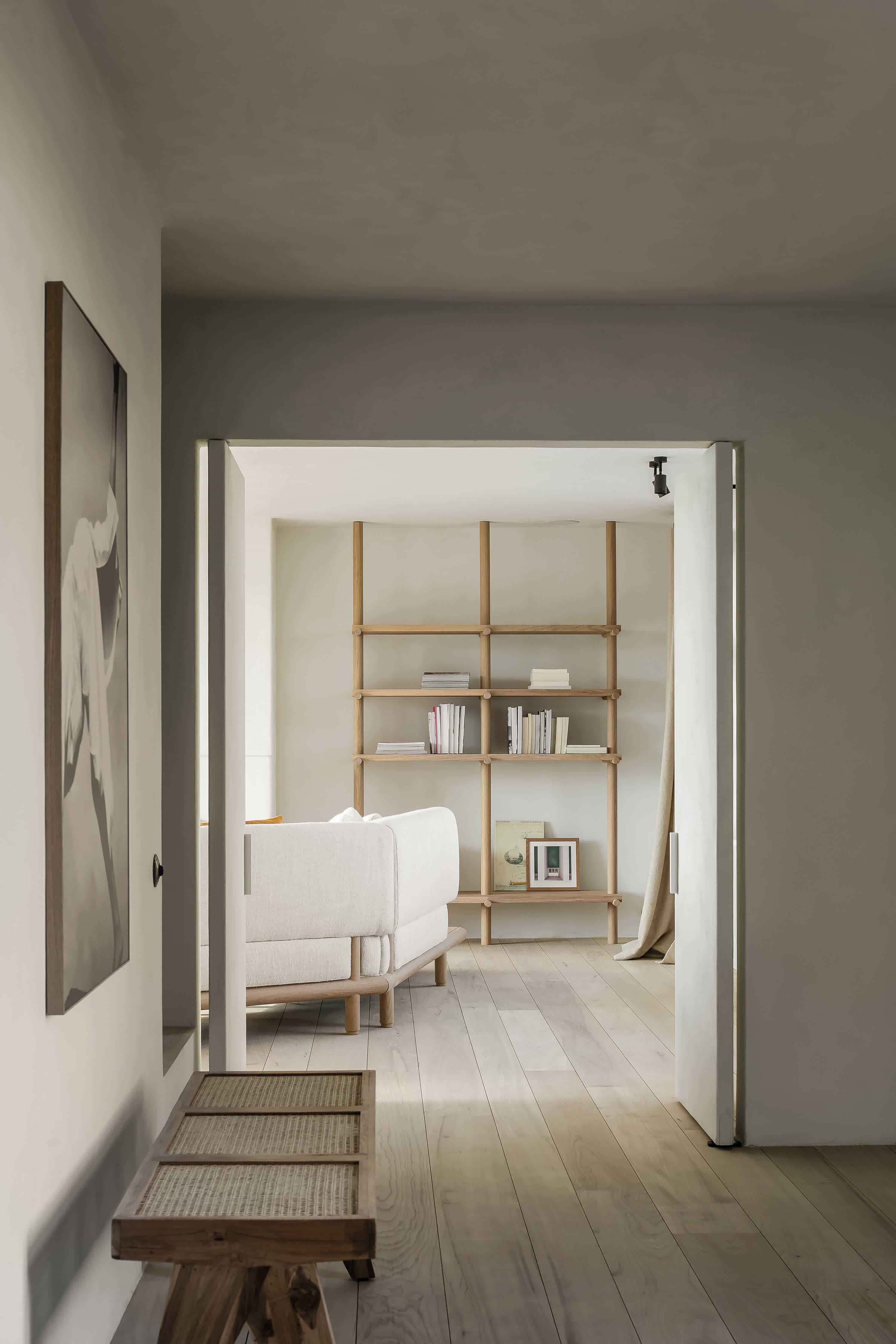
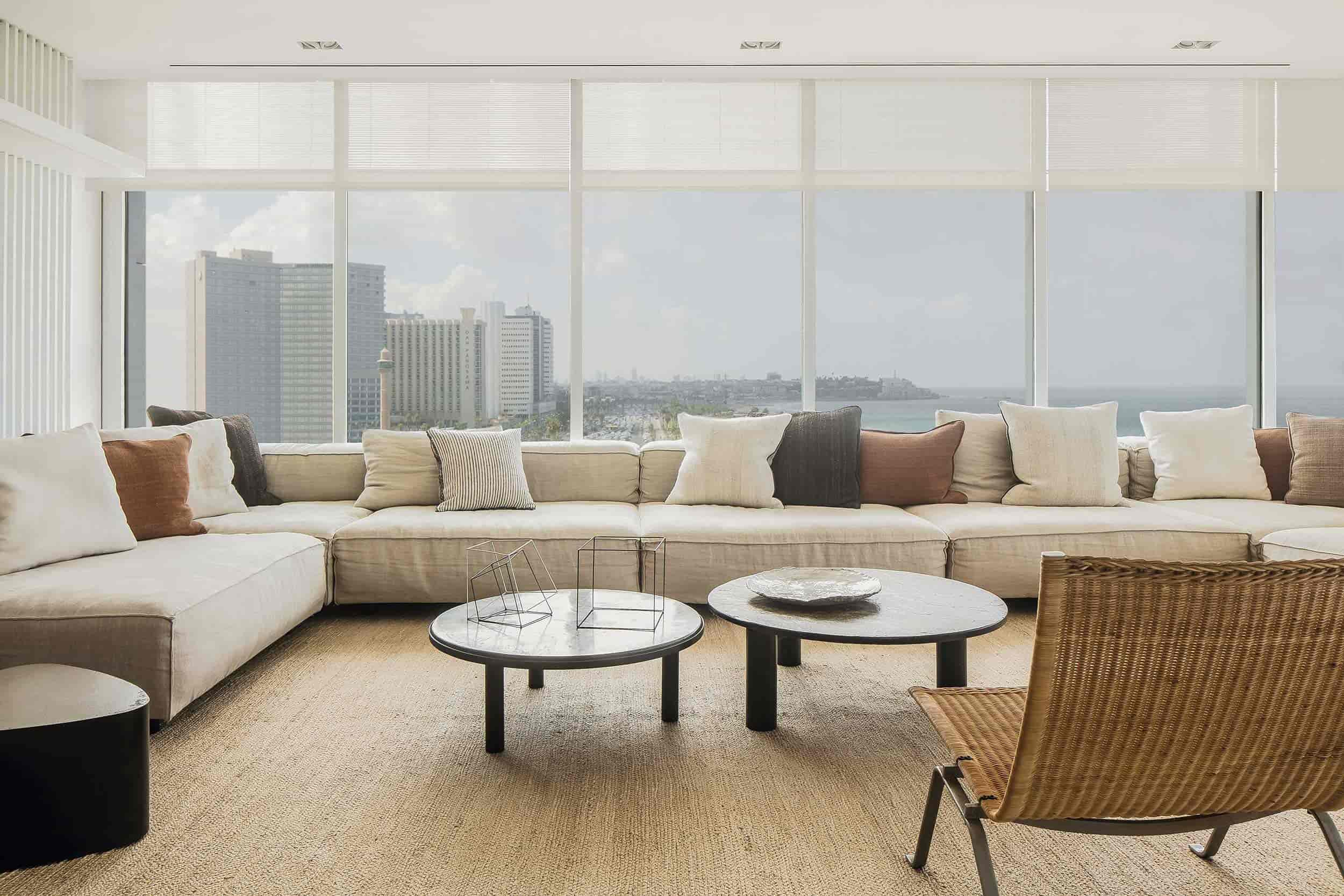






What do you think?